Myths about teaching can hold you back
- Year 3
Add three addends efficiently using a range of strategies
I can choose the best strategy to add three small numbers together.
- Year 3
Add three addends efficiently using a range of strategies
I can choose the best strategy to add three small numbers together.
These resources were made for remote use during the pandemic, not classroom teaching.
Switch to our new teaching resources now - designed by teachers and leading subject experts, and tested in classrooms.
Lesson details
Key learning points
- Using commutativity allows us to simplify a problem with three addends.
- Using known facts allows us to add three addends efficiently.
- Rearranging the addends to identify the pairs that total 10 allows us to add efficiently.
Keywords
Addend - A number added to another.
Commutative - Addition is commutative. This means the order of the addends can be changed without changing the calculation or sum.
Equation - An equation is used to show that one number or calculation is equal to another.
Sum - The total when numbers are added together.
Common misconception
Children rely on one strategy for adding to find a sum and do not consider the values.
Discuss when it is most efficient to use doubles, near doubles, number pairs to 10. Model efficient approaches.
To help you plan your year 3 maths lesson on: Add three addends efficiently using a range of strategies, download all teaching resources for free and adapt to suit your pupils' needs...
To help you plan your year 3 maths lesson on: Add three addends efficiently using a range of strategies, download all teaching resources for free and adapt to suit your pupils' needs.
The starter quiz will activate and check your pupils' prior knowledge, with versions available both with and without answers in PDF format.
We use learning cycles to break down learning into key concepts or ideas linked to the learning outcome. Each learning cycle features explanations with checks for understanding and practice tasks with feedback. All of this is found in our slide decks, ready for you to download and edit. The practice tasks are also available as printable worksheets and some lessons have additional materials with extra material you might need for teaching the lesson.
The assessment exit quiz will test your pupils' understanding of the key learning points.
Our video is a tool for planning, showing how other teachers might teach the lesson, offering helpful tips, modelled explanations and inspiration for your own delivery in the classroom. Plus, you can set it as homework or revision for pupils and keep their learning on track by sharing an online pupil version of this lesson.
Explore more key stage 2 maths lessons from the Review strategies for adding and subtracting across 10 unit, dive into the full primary maths curriculum, or learn more about lesson planning.

Licence
Prior knowledge starter quiz
6 Questions
Q1.6 + 4 + 2 =
Q2.6 + 6 + 2 =
Q3.Match the equation to the sum.
13
12
14
15
Q4.What is the sum of the numbers in the bar model?
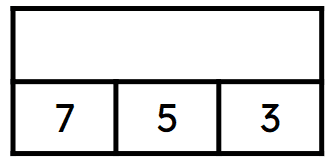
Q5.What addend is missing from the bar model?
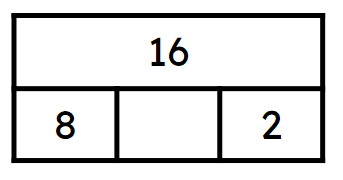
Q6.The missing numbers from this bar model both have the same value. What are both numbers?
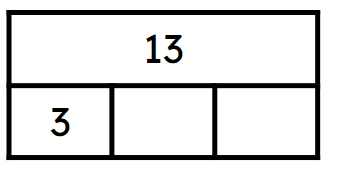
Assessment exit quiz
6 Questions
Q1.How would you find the sum of these calculations? Match them to the strategy you would use.
pairs that total 10
near doubles
doubles
Q2.What is the sum of the numbers in the bar model?
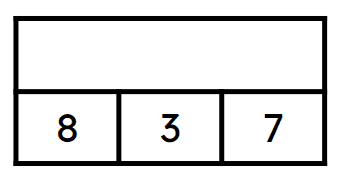
Q3.Match up the equations to the correct sum.
11
14
13
12
Q4.What is the missing addend in the bar model?
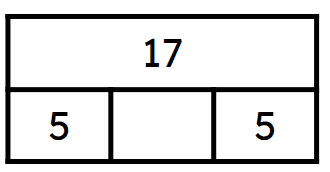
Q5.What is 8 + 3 + 8?
Q6.Which calculations could be used to make this equation correct?



